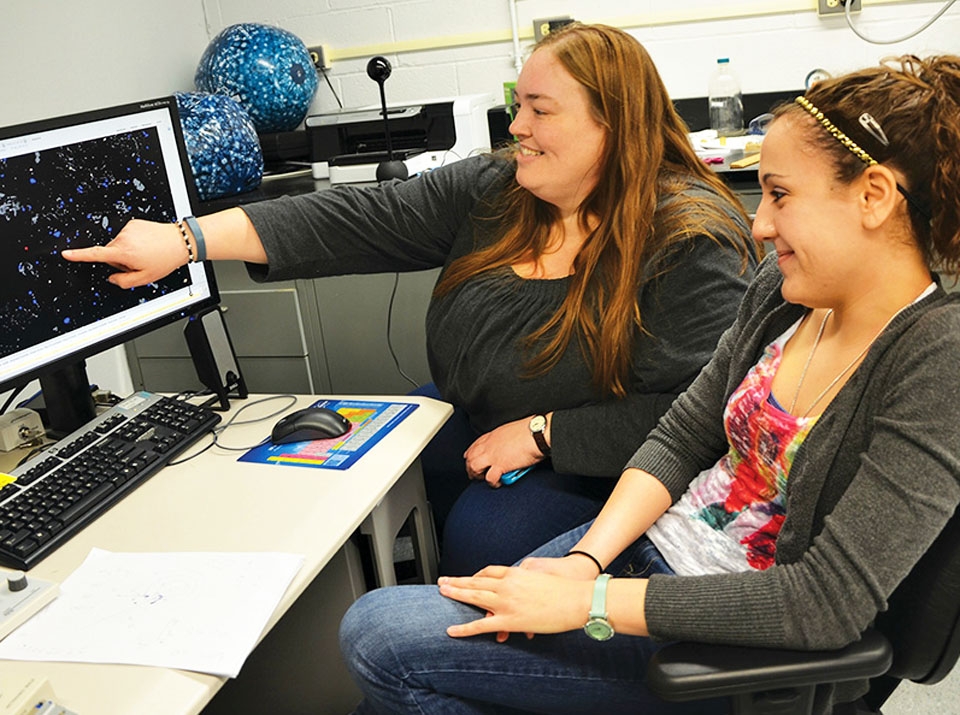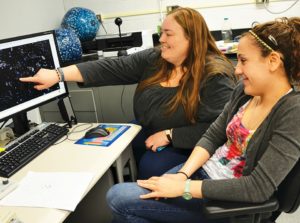

Carolyn Conte | Staff Writer
When a shooter fires a gun, a puff of particle residue leaves the weapon’s muzzle and blankets the person who pulled the trigger. The presence of gunshot residue can be potentially damning evidence in a criminal case — and Duquesne researchers are making sure that evidence isn’t used to mistakenly convict innocents.
Gunshot residue (GSR) can be used as evidence against suspects in police investigations. However, there are uninvestigated variables that impair the credibility of GSR. Factors include GSR clinging to innocent suspects from handcuffs, the police car or interrogation rooms.
Stephanie Wetzel, assistant professor of chemistry and biochemistry at Bayer School of Natural Sciences, has readied, aimed and fired at the task of clearing up the subject.
After extensive work, some of which is still being processed, Wetzel’s research found that an individual cannot pick up enough GSR from a surface to argue that a firearm was discharged. Thus, GSR is unlikely to lead to a false prosecution.
“This research contributes to the scientific knowledge of GSR and potentially will improve scientific testimony in the courtroom,” Wetzel said.
Wetzel and her students’ findings will be published in the September edition of the Journal of Forensic Science.
The story of Wetzel’s research begins many years ago.
In 2009, graduate assistant Holly Castellano was assigned a project in class to study a forensic investigation topic. Her professor, retired Pittsburgh Police Commander Ronald Freeman, suggested she analyze the stations and cars for GSR, and so she took the homework to the next level.
“It had been suggested that people were wrongly convicted for firearm crimes they did not commit,” Castellano said.
One example of the controversy was an article in Forensic Science Journal from 2007 which argued the possibility that suspects can be wrongly accused, though rarely, of murder because of gunshot residue they had picked up from being transported in police vehicles.
Castellano pursued the topic further for her Master’s in Forensic Science and Law thesis, with the help of Wetzel for her chemistry expertise, and other students who have joined in the project.
In one of their experiments, Castellano had her peers arrested — so to speak.
She recruited about six students to stage mock arrests at the Ross Township Police Department. Castellano played the part of the lead detective in this experiment. With stainless steel stubs and double-sided adhesive carbon tape, she collected samples on the students’ hands before and after arrest. She also sampled the jail cells and interrogation room, where an arrestee would be taken upon arrival to a police station, she said.
Castellano spent six hours with the police on this test, and a total of one and a half years to manually analyze the samples.




